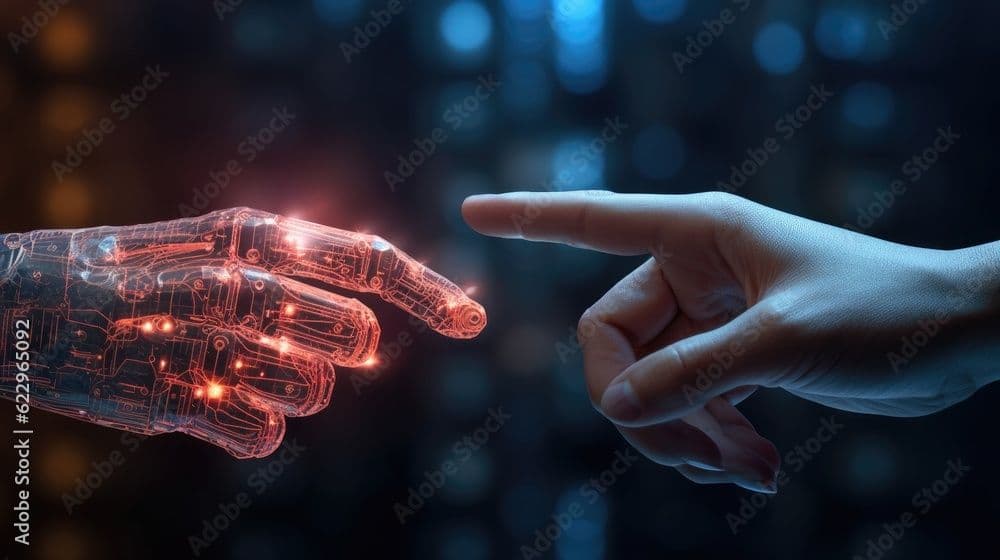How AI is Powering the Smart Cities of Tomorrow

How AI is Powering the Smart Cities of Tomorrow
The concept of smart cities has been gaining traction around the world as urbanization continues to grow at an exponential rate. With billions of people living in cities, the need for more efficient, sustainable, and livable urban environments has never been greater. Artificial Intelligence (AI) is at the heart of this transformation, offering innovative solutions to many of the challenges faced by modern cities. From optimizing traffic flow and energy usage to enhancing public safety and improving waste management, AI is helping to create cities that are not only more efficient but also more responsive to the needs of their residents. By harnessing vast amounts of data collected through sensors, cameras, and other IoT devices, AI systems can make real-time decisions that improve the overall quality of life in urban areas. As cities continue to embrace this technology, AI is set to play a pivotal role in shaping the future of urban living.
One of the most notable applications of AI in smart cities is in traffic management and transportation. As urban populations grow, traffic congestion has become a major issue, leading to longer commute times, higher pollution levels, and decreased productivity. AI-powered traffic management systems are now being used to optimize traffic flow by analyzing real-time data from cameras, sensors, and GPS devices. These systems can adjust traffic signals, reroute vehicles, and even predict traffic patterns, reducing congestion and making transportation more efficient. Moreover, AI is playing a key role in the development of autonomous vehicles, which have the potential to significantly reduce traffic accidents and improve transportation systems. Self-driving cars, buses, and drones can interact with each other through AI-driven algorithms, ensuring that transportation networks run smoothly and safely. With the integration of AI, future cities will have transportation systems that are not only smarter but also more sustainable, reducing the environmental impact of urban mobility.
In addition to transportation, AI is also transforming how cities manage energy and resources. The demand for energy in urban environments is rising rapidly, and traditional methods of energy distribution are often inefficient and wasteful. AI is being used to optimize energy usage in real-time, reducing consumption and lowering costs. Through smart grids, AI can predict energy demand, automatically adjusting the flow of electricity to areas that need it most. Additionally, AI can manage renewable energy sources, such as solar and wind, by predicting weather patterns and adjusting energy production accordingly. In smart buildings, AI-driven systems can control lighting, heating, cooling, and other utilities, further reducing energy waste. Furthermore, AI can help cities manage water resources, optimize waste disposal, and improve the efficiency of public services. By automating these systems, AI enables cities to use their resources more efficiently, contributing to sustainability and a greener urban environment.
AI is also playing a crucial role in enhancing public safety and security in smart cities. Surveillance cameras equipped with AI algorithms can monitor public spaces in real-time, identifying potential security threats and notifying authorities instantly. These systems can recognize faces, detect suspicious behaviors, and even predict potential crimes based on historical data. Additionally, AI-powered systems can be used for disaster management, helping cities respond to emergencies more effectively. For example, AI can predict the likelihood of natural disasters such as floods, earthquakes, or storms, allowing authorities to take preventive measures and allocate resources more efficiently. AI can also be used to manage public health, tracking disease outbreaks and monitoring environmental factors that could affect the well-being of citizens. By integrating AI into public safety systems, smart cities can provide safer, more secure environments for their residents.
In conclusion, AI is at the forefront of creating the smart cities of tomorrow, transforming how urban environments function and improving the quality of life for their residents. Through AI-driven solutions in traffic management, energy optimization, public safety, and resource management, cities are becoming more efficient, sustainable, and responsive to the needs of their populations. As AI technology continues to advance, the possibilities for smart cities are limitless. We can expect more personalized, adaptive, and environmentally conscious urban spaces, where technology enhances every aspect of urban life. AI is not only revolutionizing how cities operate but also how we live within them, creating a future where urban life is more connected, efficient, and sustainable than ever before.
,